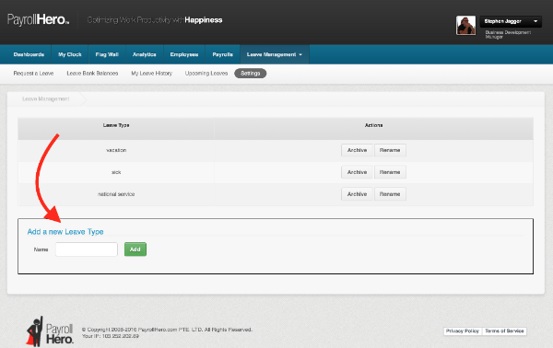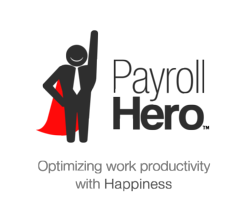 A few weeks ago, we rolled out our leave management application. After receiving feedback from our clients, we are releasing a new feature to the application – custom leave types.
A few weeks ago, we rolled out our leave management application. After receiving feedback from our clients, we are releasing a new feature to the application – custom leave types.
When an employee is applying for leave, she needs to enter a type of leave – maternity, child care, leave, etc. Previously, we added all the most popular types of leaves that were applicable, as directed by the ministries of manpower (or their equivalent) in Singapore and the Philippines. However, Singapore and the Philippines each have 8 different types of leaves. Moreover, individual companies may record the same leave under a different name.
To make the system more flexible, the app now allows you to set your own custom leave type. Employees may choose from these custom types when they apply for leave. This benefits the manager when there is a change in the rules and leave types are added or removed. It also allows managers to set what leave types are most commonly used by their employees instead of a long list of types that the government has stipulated but no one actually uses.
A manager can add an unlimited number of leave types. Every type must be unique. Leave types can also be renamed at any point of time. Finally, if a leave type is not used anymore, it can be archived and accessed later.
We hope the custom leave type will be helpful and we’d love to hear feedback on it!

 We recently announced that PayrollHero can generate
We recently announced that PayrollHero can generate